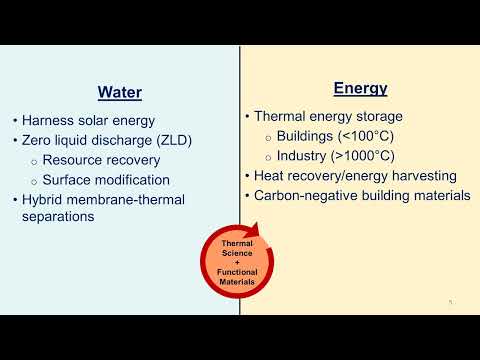Description:
Save Big on Coursera Plus. 7,000+ courses at $160 off. Limited Time Only!
Grab it
Explore the potential of composite materials in creating energy-efficient buildings through this 49-minute conference talk by Dr. Akanksha Menon from Georgia Tech. Dive into innovative solutions for reducing carbon emissions in the building sector, which accounts for 40% of global carbon emissions. Learn about thermochemical materials (TCMs) for thermal energy storage, offering higher volumetric energy densities than phase change materials and sensible heat storage. Discover the development of salt-polymer composites that enhance water vapor diffusion and achieve high energy storage density. Examine the use of engineered wood and natural fibers as sustainable alternatives to conventional construction materials, addressing the high embodied carbon footprint of buildings. Gain insights into wood-based composites that serve as both structural and thermal insulation materials while sequestering carbon. Understand the importance of replacing petrochemically derived resins and foams with sustainable materials in structural insulated panels (SIPs). Explore how composite materials can be engineered to achieve desired structural and thermal properties, ultimately lowering the energy and carbon footprint of the buildings sector.
Read more

Composite Materials for Energy-efficient Buildings: Thermal Energy Storage and Sustainable Construction
Add to list